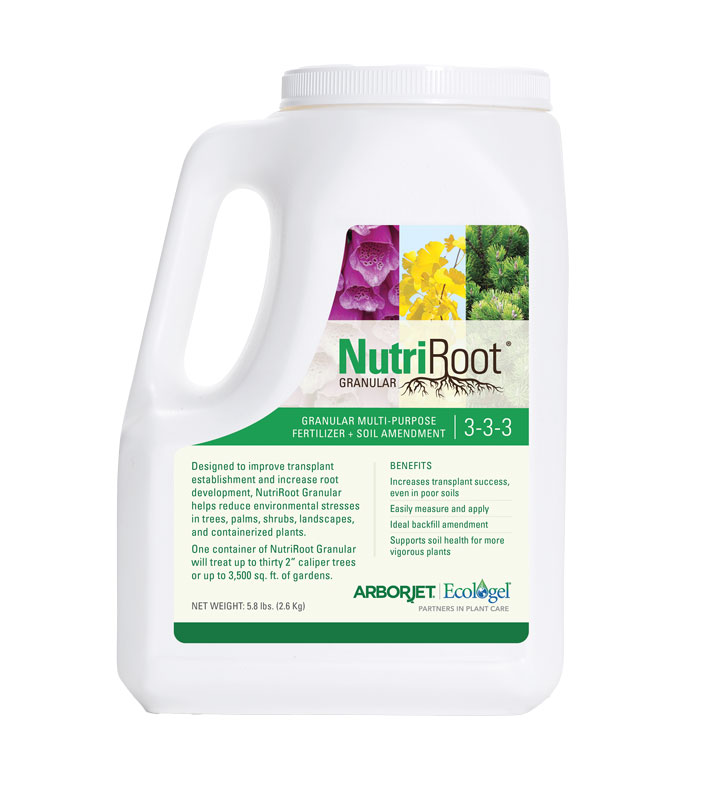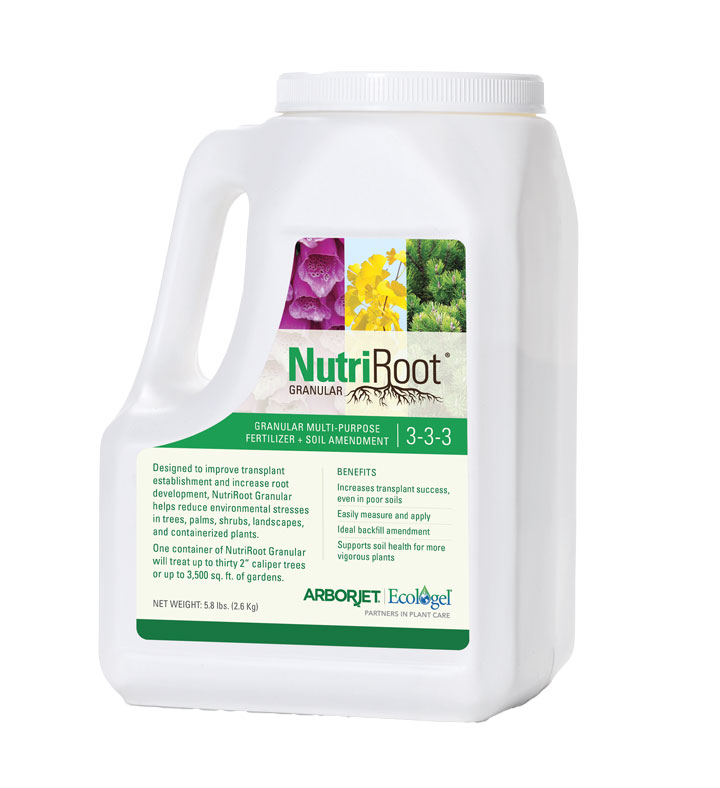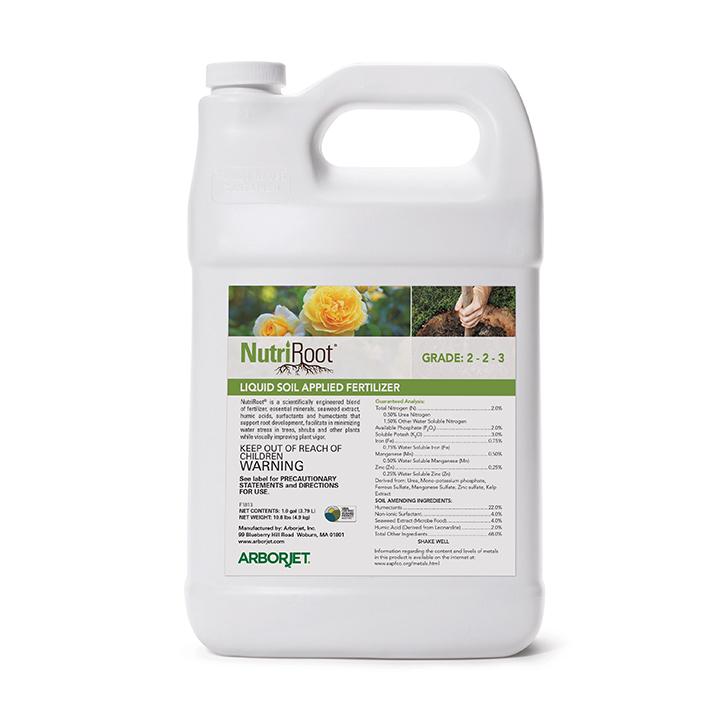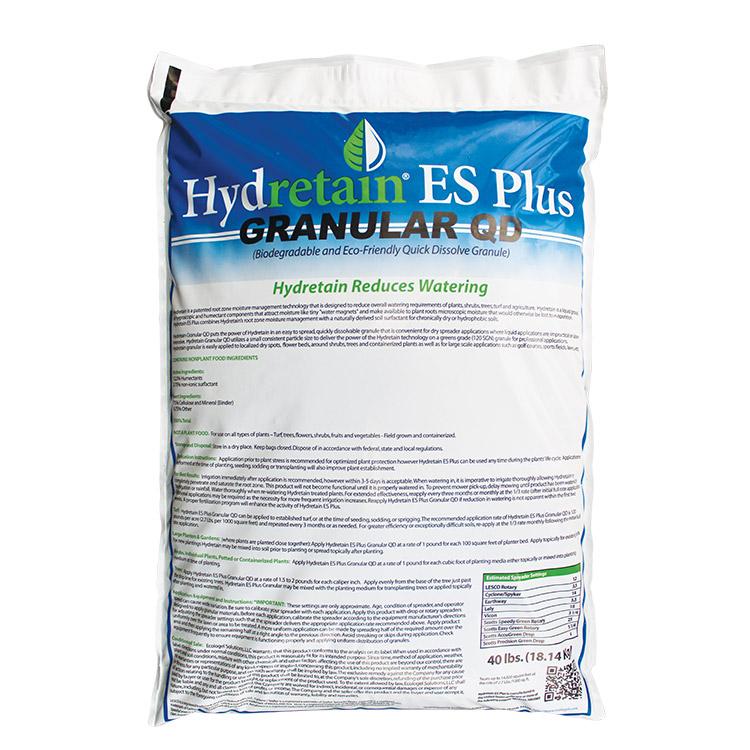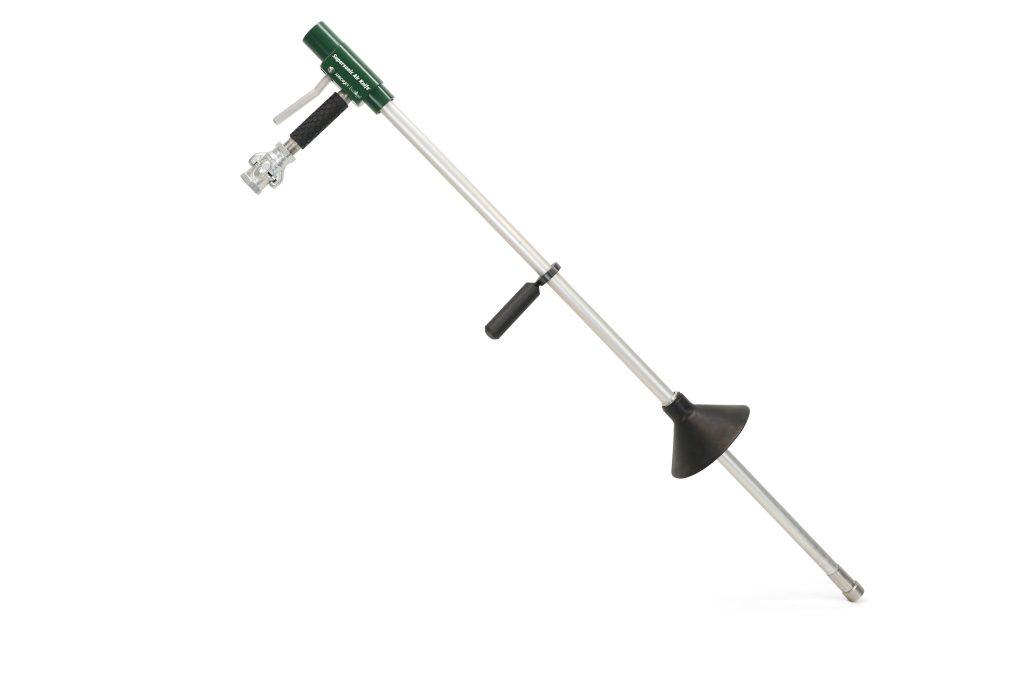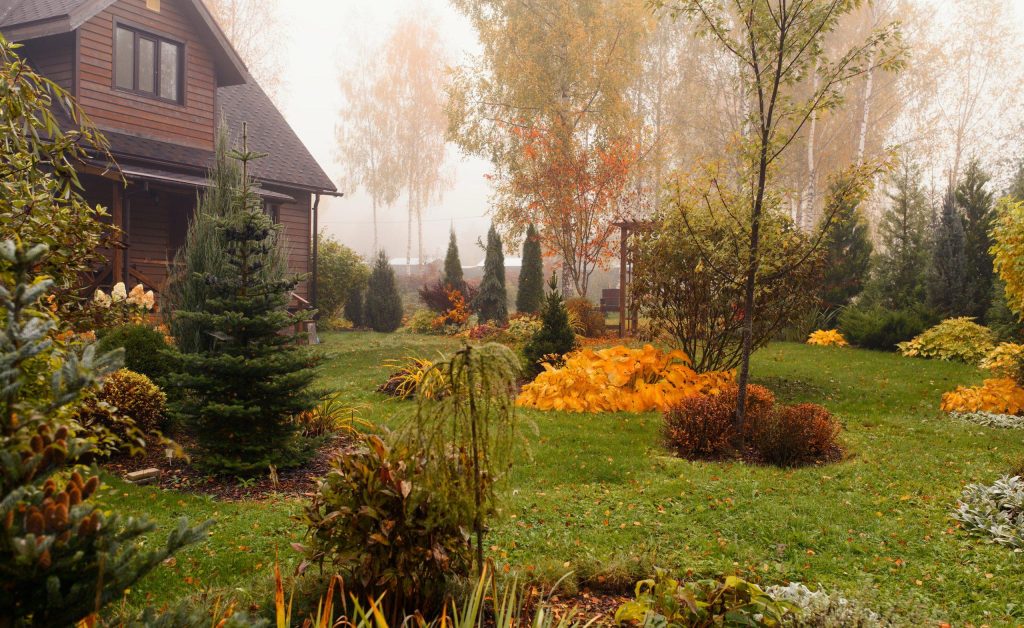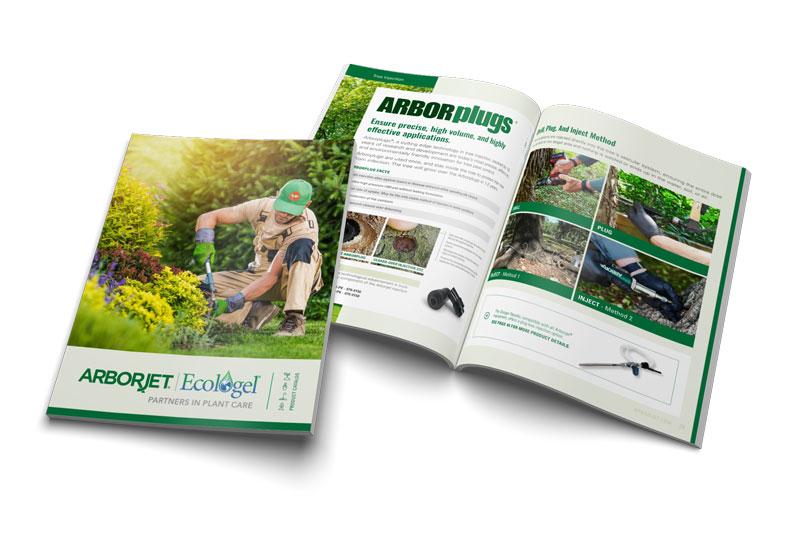NutriRoot Granular
Granular multi-purpose fertilizer + soil amendment
NutriRoot® Granular 3-3-3 is a blend of essential minerals, seaweed extract, humic acid, surfactants, and humectants designed to improve transplant establishment and increase root development. Reduce environmental stresses in trees, palms, shrubs, landscape, and containerized plants. Easy to apply, handle, and store.
Nitrogen 3%
Phosphorus 3%
Soluble Potash 3%
Iron 0.75%
Manganese 0.5%
Zinc 0.2%
Humectants 5.5%
Humic Acid 0.4%
Seaweed Extract 3%
Designed to improve transplant establishment and increase root development, NutriRoot Granular helps reduce environmental stresses in trees, palms, shrubs, landscapes, and containerized plants.
Treats thirty 2” caliper trees or up to 3,500 sq. ft. of gardens.
Benefits:
- Increases transplant success, even in poor soils
- Easily measure and apply
- Ideal backfill amendment
- Supports soil health for more vigorous plants
NutriRoot Granular 5.8 lbs – (030-4171)
Treats thirty 2” caliper trees or up to 3,500 sq. ft. of gardens.
Use For:
- Root Development
- Transplant Success
- Water Stress Management
- Nutrient Deficiencies
- Sandy Soils
- Summer Stress Management
- Winter Stress Management
- Radial Trenching
- Root Collar Excavation
- Vertimulching
- Landscape Plants
- Containerized Plants
- Backfill Additive
- Top Dressing
NutriRoot Granular is designed for applications to existing and new installations of trees, shrubs, palms, perennials, annuals, and fruit/vegetable plants – landscape and containerized.
Apply NutriRoot Granular as a backfill additive or top dressing to soil at transplant, in fall after leaf senescence, early spring before bud break or leaf emergence, or in the growing season after leaves on plants have matured. Water trees and plants thoroughly if treating during hot, dry conditions. May repeat applications once a month throughout the growing season, particularly during hot, dry months to loosen compacted soils and alleviate abiotic stress. May make additional application in fall in northern areas before the ground temperatures drop below 40° F to decrease plant stress during winter cold. Fall applications may reduce winter desiccation in new plantings or existing landscapes.

